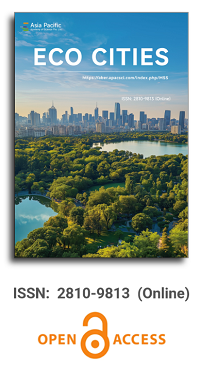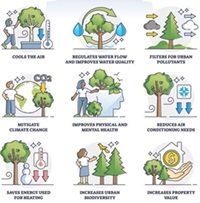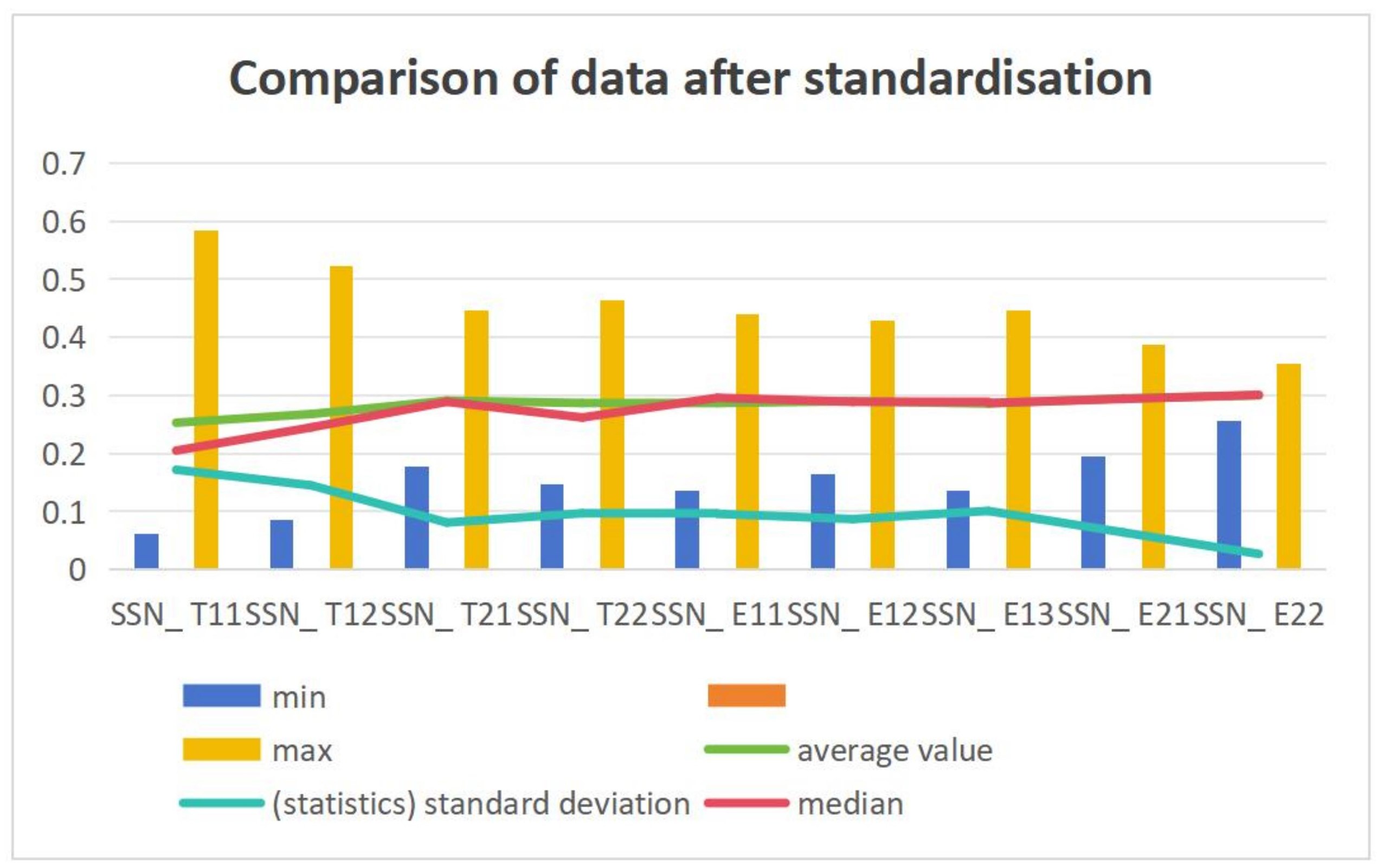


Environmental strategy of improving green space in Tawaka City, Barinas State
Vol 2, Issue 2, 2021
Download PDF
Abstract
Green areas are the starting point of a city because they represent the greatest purification of any pollutants in the surrounding environment, which is caused by the discovery of different reasons for population growth, the lack of environmental programs, and human indifference to environmental problems. This affects the overall formation of man because he needs environmental balance, that is, human nature. Therefore, this behavior leads to the reduction and generation of environmental degradation. The main objective of this work is to develop an environmental strategy to improve the green area. Department C, “Terrace Community Council on 28 July”, is located in Tawaka City, Barinas City, Barinas State. The method used is quantitative, and the type of research is a feasible project with an on-site design. The tool used for data collection is the questionnaire to obtain the results. The study population was 192, and the sample was represented by 57 subjects. On the other hand, reliability was proved after the instrument tabulation, and the result was 0.92. In this sense, this conclusion is handled according to the objectives proposed in the study because the application of environmental technology helps to improve green space in the short term, as is the case with Tawaka urban development. If the green space is a space, it has been phased out because the residents of the department have not taken any strategy to maintain it, where they provide residents and tourists with the aesthetics of the area and the relaxing benefits provided by the green space.
Keywords
References
- Rodríguez L. Environmental strategy and profes-sional training [Master’s thesis]. Holguín, Cuba: Holkin University.
- Fuentes L, Caldera Y, Mendoza I. La Transversalidad Curricular y la Enseñanza de la Educación Ambiental (Spanish) [Curriculum intersection and teaching of environmental education]. OBIS Journal of Human Sciences 2006; 2(4): 39–59.
- Márquez O. Ornamental gardens as a strategy for local participation in the green area embellishment. Revista Scientific 2018; 3(7): 231–249.
- Del Pozo S. Definition of green area. Chile: Uni-versity of Chile; 2009.
- Hurtado I, Toro G. Research paradigms and methods in the changing era. 5th ed. Carabobo, Venezuela: Edición Episteme Consultores Asociados C.A.; 2005.
- Hurtado J. Research projects. 4th ed. Bogota, Colombia: Editorial Quirón-Sypal; 2006.
- UPEL. Working manual for professional degree, master’s degree and doctoral dissertation. 4th ed. Caracas, Venezuela: Liberator Experimental Edu-cation University Press; 2012.
- Arias F. Research project’s introduction to scientific methodology. 5th ed. Caracas, Venezuela: Editorial Espíteme, C.A.; 2006.
- Chavez N. Introduction to educational research, Maracaibo. Venezuela: Editorial Column; 2001.
- Balestrini M. With the development of research projects. 5th ed. Caracas, Venezuela: Consultores Asociados B.L.; 2001.
Supporting Agencies
Copyright (c) 2021 Lenies Jesús Piña Retamoza
License URL: https://creativecommons.org/licenses/by/4.0

This site is licensed under a Creative Commons Attribution 4.0 International License (CC BY 4.0).

Chinese Academy of Sciences, China
Indexing & Archiving
Asia Pacific Academy of Science Pte. Ltd. (APACSCI) specializes in international journal publishing. APACSCI adopts the open access publishing model and provides an important communication bridge for academic groups whose interest fields include engineering, technology, medicine, computer, mathematics, agriculture and forestry, and environment.



.jpg)

.jpg)



